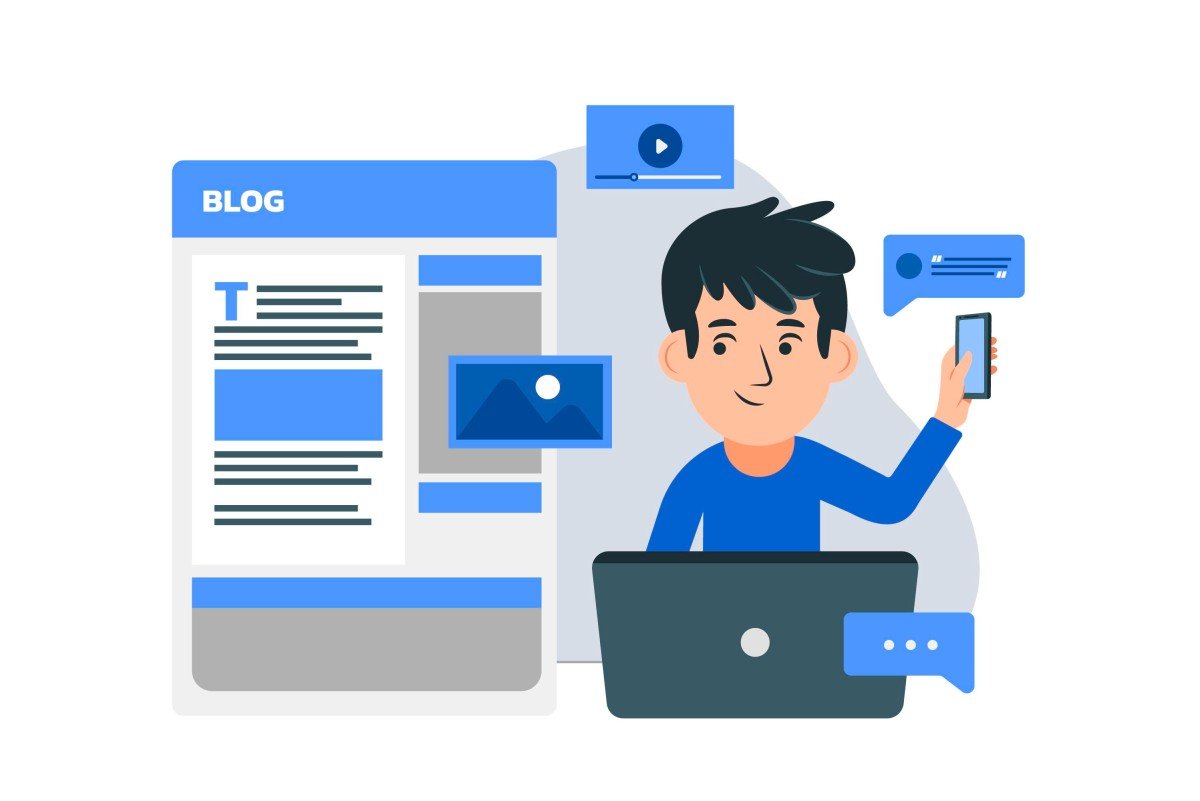WordPress is one of the most popular content management systems (CMS) globally, powering over 40% of websites on the internet. Its flexibility and extensibility make it a top choice for developers looking to create websites with unique features and functionality. In this guide, we’ll explore the art of customizing and extending WordPress to tailor it to your specific needs.
Why Customize and Extend WordPress?
WordPress is known for its user-friendly interface, but sometimes you need more than what the default settings and themes offer. Here are some reasons why you might want to customize and extend WordPress:
- Unique Design: Customize the look and feel of your website to match your brand or create a unique user experience.
- Additional Functionality: Add custom features like e-commerce, membership systems, or forums to your site.
- Optimized Performance: Fine-tune your site’s performance, making it faster and more efficient.
- Enhanced Security: Strengthen the security of your website by implementing custom security measures.
- Better SEO: Improve your site’s search engine optimization by fine-tuning SEO elements.
Customization Options in WordPress
Themes
Themes control the design and layout of your WordPress site. You can start by selecting a theme, but if none suits your needs perfectly, you can create a custom theme. This involves designing the site’s appearance by modifying templates, styles, and other theme-related files.
Plugins
WordPress plugins are like apps for your website. They can add a wide range of functionality, from social media sharing to e-commerce solutions. If you can’t find a plugin that does exactly what you need, you can develop a custom plugin.
Child Themes
If you like an existing theme but want to make changes without affecting the original theme’s updates, you can create a child theme. It inherits the parent theme’s functionality and styling while allowing you to make customizations.
Widgets and Sidebars
Widgets are small blocks of content that can be placed in various widget areas of your site. You can customize widgets or create custom ones for specific purposes.
Extending WordPress: A Developer’s Guide
To extend WordPress, you’ll need a good understanding of PHP, HTML, CSS, and some familiarity with JavaScript. Here are the steps to get started:
1. Set Up a Development Environment
Before making changes to your live site, set up a local development environment using tools like XAMPP, WAMP, or MAMP. This allows you to experiment without affecting your live website.
2. Learn the WordPress Core
Familiarize yourself with the WordPress core, which includes the core code, functions, and hooks. You’ll often use these to build custom features and functionality.
3. Develop a Custom Theme
To create a custom theme, start with a basic template and build upon it. Use PHP, HTML, CSS, and JavaScript to create the desired design and features. WordPress’s Template Hierarchy will help you understand how different template files work together.
4. Create Custom Plugins
For unique functionality, develop custom plugins. Plugins can include custom post types, shortcodes, and admin page interfaces. Be sure to adhere to best practices and WordPress coding standards.
5. Use Action and Filter Hooks
Hooks are essential in WordPress development. Actions and filters allow you to modify and extend the functionality of WordPress core, themes, and plugins. You can add custom code to execute when specific events occur.
6. Test and Debug
Thoroughly test your customizations in a staging environment to identify and fix any issues. WordPress provides debugging tools to help you find and resolve errors.
7. Backup and Documentation
Always back up your site before implementing major changes. Document your customizations, including the code and configurations used, for future reference.
Conclusion
Customizing and extending WordPress provides endless opportunities to create unique and powerful websites. Whether you’re building a site for personal blogging, e-commerce, or a client project, understanding the art of WordPress development is invaluable. Remember that while customization is essential, it’s also crucial to keep your site updated and secure. Continuous learning and staying up-to-date with WordPress developments are key to your success as a WordPress developer.
With the right knowledge, tools, and a creative mindset, you can transform WordPress into a versatile platform that perfectly matches your vision.



